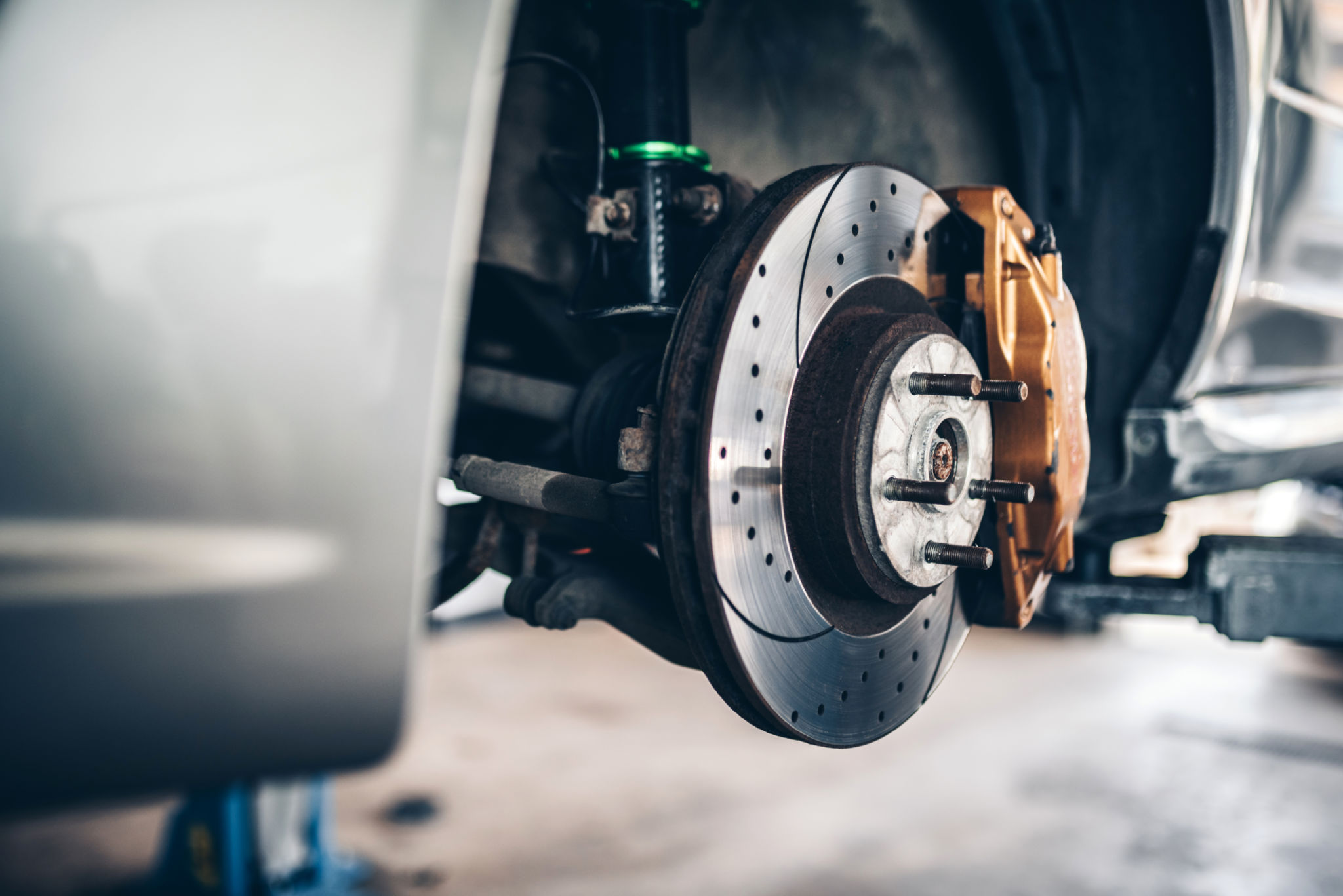Why Your Car Might Be Pulling to One Side: Causes and Solutions
Understanding Why Your Car Pulls to One Side
If you've ever noticed your car veering to one side while driving, you're not alone. This common issue can be both irritating and potentially dangerous if not addressed promptly. Understanding the causes and solutions can help ensure your vehicle is safe and enjoyable to drive.

Potential Causes of a Car Pulling to One Side
Several factors could be responsible for your car's tendency to pull to one side. Identifying the exact cause is crucial for implementing the right solution. Below are some of the most common reasons:
- Wheel Alignment Issues: Misaligned wheels are a frequent culprit behind this problem. When wheels are out of alignment, they don't point in the same direction, causing the vehicle to pull to one side.
- Tire Pressure Imbalance: Uneven tire pressure can lead to uneven weight distribution, pulling the car in the direction of the lower pressure.
- Brake Problems: If your brakes are dragging or sticking, it could cause your car to pull when you apply them.

Diagnosing the Problem
Before jumping to conclusions, it's essential to diagnose the problem accurately. Start by inspecting your tires for any visible damage or uneven wear. Check if all tires have the correct air pressure as indicated in your vehicle's manual. If these elements seem fine, it may be time to look at the alignment or brake system.
Another method is to test your brakes by driving at a low speed and gently applying them. If your car veers to one side, it might indicate a brake issue rather than alignment.
Solutions to Consider
Once you've identified the cause, implementing the right solution is key. Here are some steps you might take:
- Wheel Alignment Service: If misalignment is the issue, getting a professional wheel alignment service will correct the angles of your wheels.
- Tire Rotation and Balancing: Rotating and balancing your tires can address issues related to uneven tire wear.
- Brake Inspection: A thorough brake inspection can reveal if there's a need for brake pad replacement or caliper adjustments.

Preventive Measures
To prevent this issue from occurring in the future, regular maintenance is essential. Make a habit of checking tire pressure weekly and ensure that your tires are rotated and balanced every 6,000 to 8,000 miles. Additionally, schedule regular wheel alignment checks, especially if you notice any changes in how your car handles.
Routine brake inspections should also be part of your vehicle maintenance plan. Addressing minor brake issues early can prevent more significant problems down the line.
When to Seek Professional Help
If you're unable to determine the cause or fix the problem yourself, it’s best to consult with a professional mechanic. They have the tools and experience needed to diagnose and repair complex issues efficiently. Ignoring a pulling issue can lead to increased tire wear and compromised safety.
In conclusion, while a car pulling to one side can be frustrating, addressing it promptly with the right knowledge and actions can restore your vehicle's performance and safety.